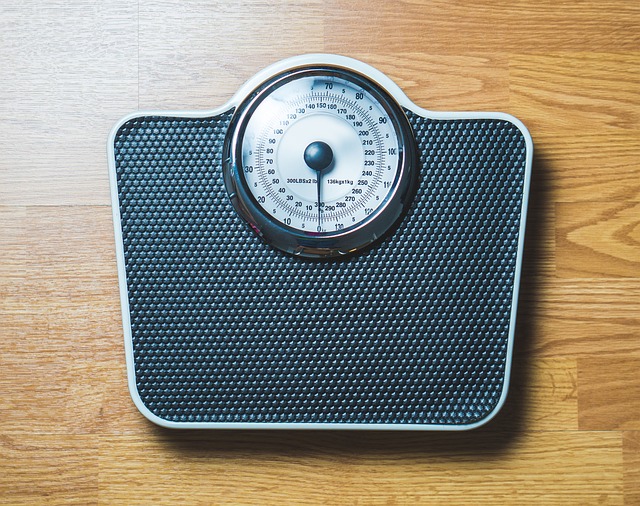The Atkins diet and keto diet both are two of the most famous low-carbohydrate diets out today. Each one of these diets require and demand a serious reduction in high-carb foods which include surgary drinks, sweet foods, breads, fruits, grains, legumes, and potatoes. Though these diets are very similiar to each other, they also have some differences as well. The question Keto vs. Atkins gets thrown around a lot these days and we’re here to help you find a clear answer to this debate.
The Atkins diet is of course one of the most famous diets around the world. It usually consists of a medium-protein, low-carb, and high-fat diet. Though Atkins has progressed in providing people with a good selection of meal plans, the actual original version which today is known as Atkins 20, is still the most famous kind. The Atkins 20 is carefully seperated down into four distinct phases, which are all built upon on your daily net carb portion.
Phase 1: Induction.
Phase 1 gives you the ability to have up to 20 to 25 grams of net carbs daily just until you are around 15 pounds from your achieved weight.
Phase 2.
During phase 2, you are allowed to eat 25 to 50 total grams of net carbs daily until you are just 10 pounds away from your set goal weight.
Phase 3.
In Phase 3, your actual net carb allowance is carefully elevates to 50–80 total grams daily just until you have reached your achieved weight and have maintained that weight for at least 1 month.
Phase 4.
Finally, Phase 4 is the final phase during which, you are allowed to take in 80–100 total grams of net carbs daily for consistent weight maintenance.
As you finally reach your desired objective weight and upgrade through these four unique phases, your day-to-day carbohydrate allowance eventually increases, enabling you to add a larger variety of different foods. Although, even during Phase 4, you actually end up eating fewer carbohydrates than many other people normally consume. The ultimate mission of the ketogenic diet is to kick your body into that healthy metabolic condition of ketosis, in which it utilizes fat as opposed to sugar from carbohydrates as its head energy source. In the state of ketosis, the human body works on ketones alone, which are small compounds that are created essentially after the breakdown of the general fat found in the food you eat or the fat stored in your body.
To successfully reach and also continue ketosis, many people are recommended to restrict their total carbohydrate consumption to only 20–50 total grams daily. The macronutrient limits of the keto diet are generally only 5% of calories from your carbohydrates, 20% taken from your proteins, and around 75% from your total fats. There are some people who actually keep track of their ketone production by. using urine, blood, or even breath tests.
You can also check out this youtube channel for some awesome keto tips and recipes, for instance:








